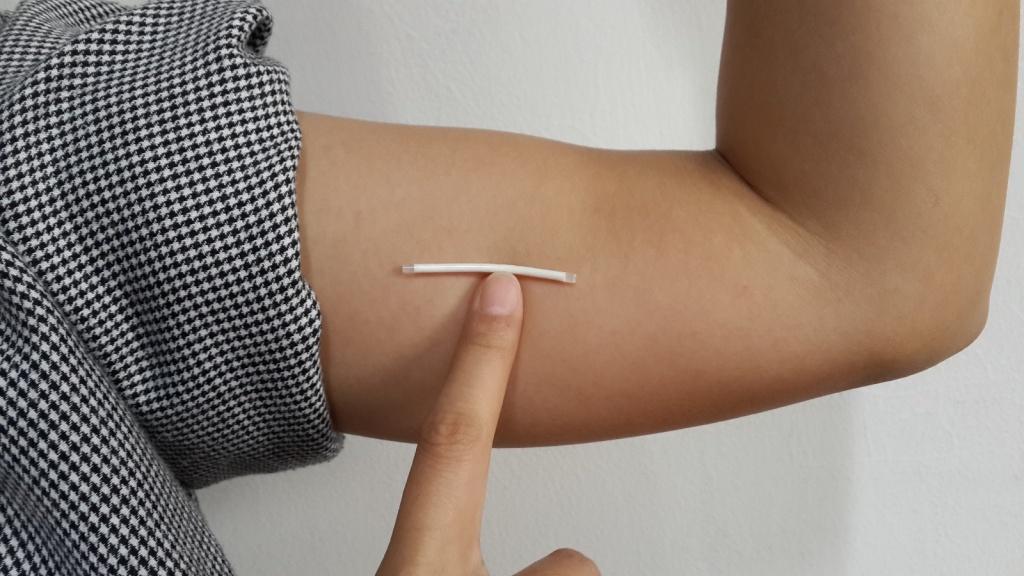
Contraceptive implant - action, disadvantages, contraindications
Contents:
The contraceptive implant is a long-term method of contraception. The implant is inserted into the skin and gradually releases progestogen. What does an implant placement look like? What are the disadvantages of this method of contraception, and can any woman use it?
Watch the video: "Drugs and sex"
1. Operation of implantation of a contraceptive implant
The procedure for implanting a contraceptive implant is similar to an injection. The contraceptive implant is about 4 cm long and 2 mm wide and is inserted under the skin on the inside of the upper arm. The contraceptive implant is not visible from the outside, but it can be felt by touching the place where it was implanted.
Recommended insertion of a contraceptive implant on the fifth day of the cycle. Implantation for another period requires additional contraception for about a week. This is how long it takes the implant to start working.
Removing a contraceptive implant involves cutting the skin, removing the implants, and applying a pressure bandage. The bandage is recommended to be worn around the clock. Fertility returns in the next menstrual cycle after the birth control implant is removed.
2. How does the contraceptive implant work?
The contraceptive implant lasts from about six months to even 5 years. During this time, the implant releases a low concentration of progestogen through the surrounding tissues into the bloodstream. As a result, ovulation is prevented, the mucus becomes thicker and sperm cannot reach the egg, and the endometrial maturation cycle is inhibited.
Most often, the contraceptive implant is removed after about 3-5 years and replaced with a new one. After this time, the progestogen contained in the implant runs out. However, there are times when the contraceptive implant needs to be replaced earlier in order for it to work effectively. Most often, such a need occurs in obese women. Another reason to remove a contraceptive implant may be side effects such as depression.
3. Is the contraceptive implant effective?
The effectiveness of the contraceptive implant is over 99%. However, it is worth noting that no method of contraception is completely effective. The contraceptive implant is one of the most effective methods of contraception. All thanks to the constant release of a small amount of the hormone into the body.
4. Disadvantages of contraception
A contraceptive implant can lead to irregular periods, and some women may not bleed at all. Side effects such as headache, weight gain, mood changes, nausea, acne, decreased desire for intercourse, abdominal pain, or vaginal discomfort such as vaginal discharge and vaginitis are very rare.
5. Contraindications for implant placement
Main ones contraindications to the implantation of a contraceptive implant age under 18, acute liver disease, thrombophlebitis or thromboembolism, breast cancer, liver tumors, hypersensitivity to an implant component, or unexplained vaginal bleeding.
Enjoy medical services without queues. Make an appointment with a specialist with an e-prescription and e-certificate or an examination at abcHealth Find a doctor.
Leave a Reply